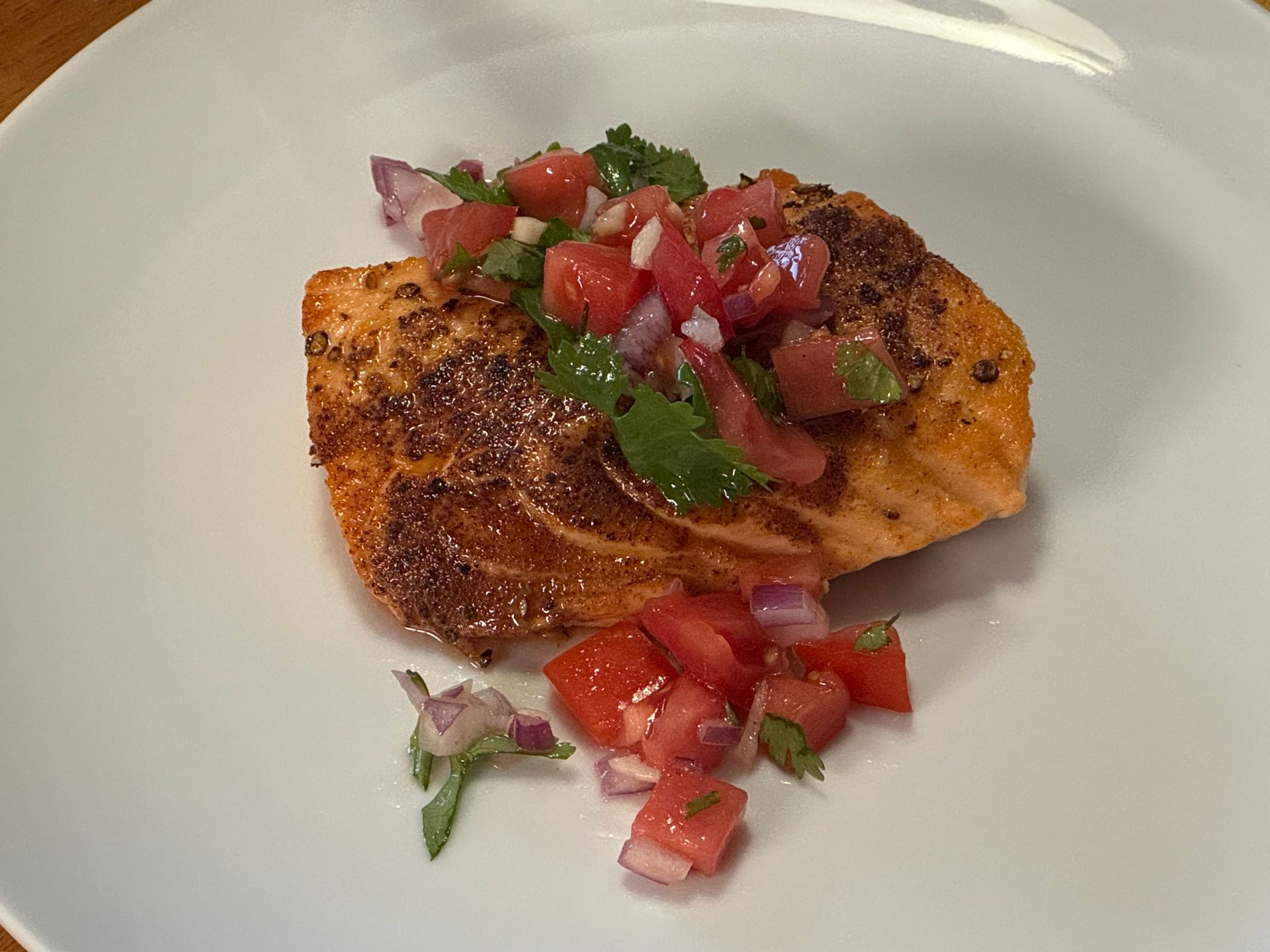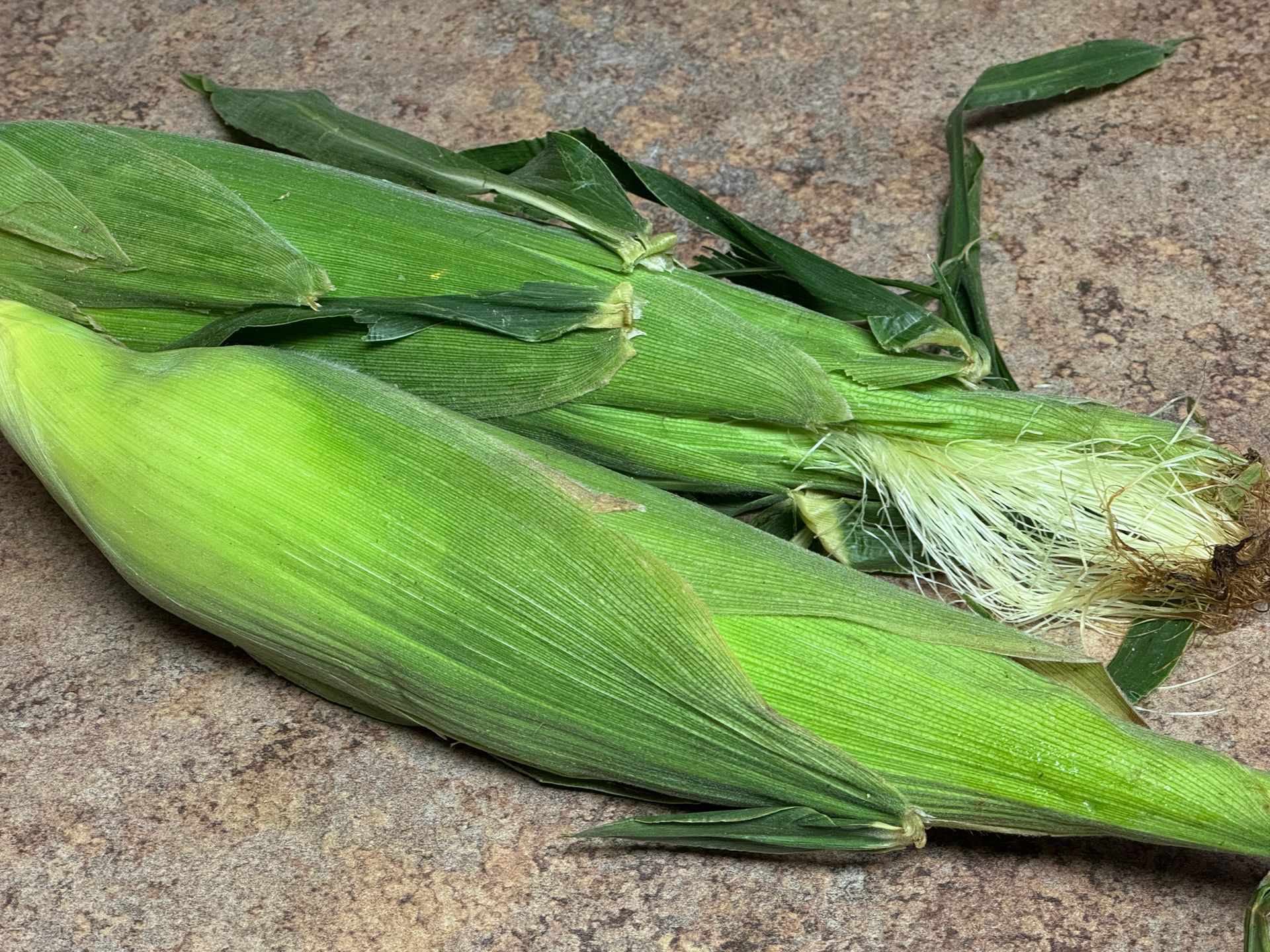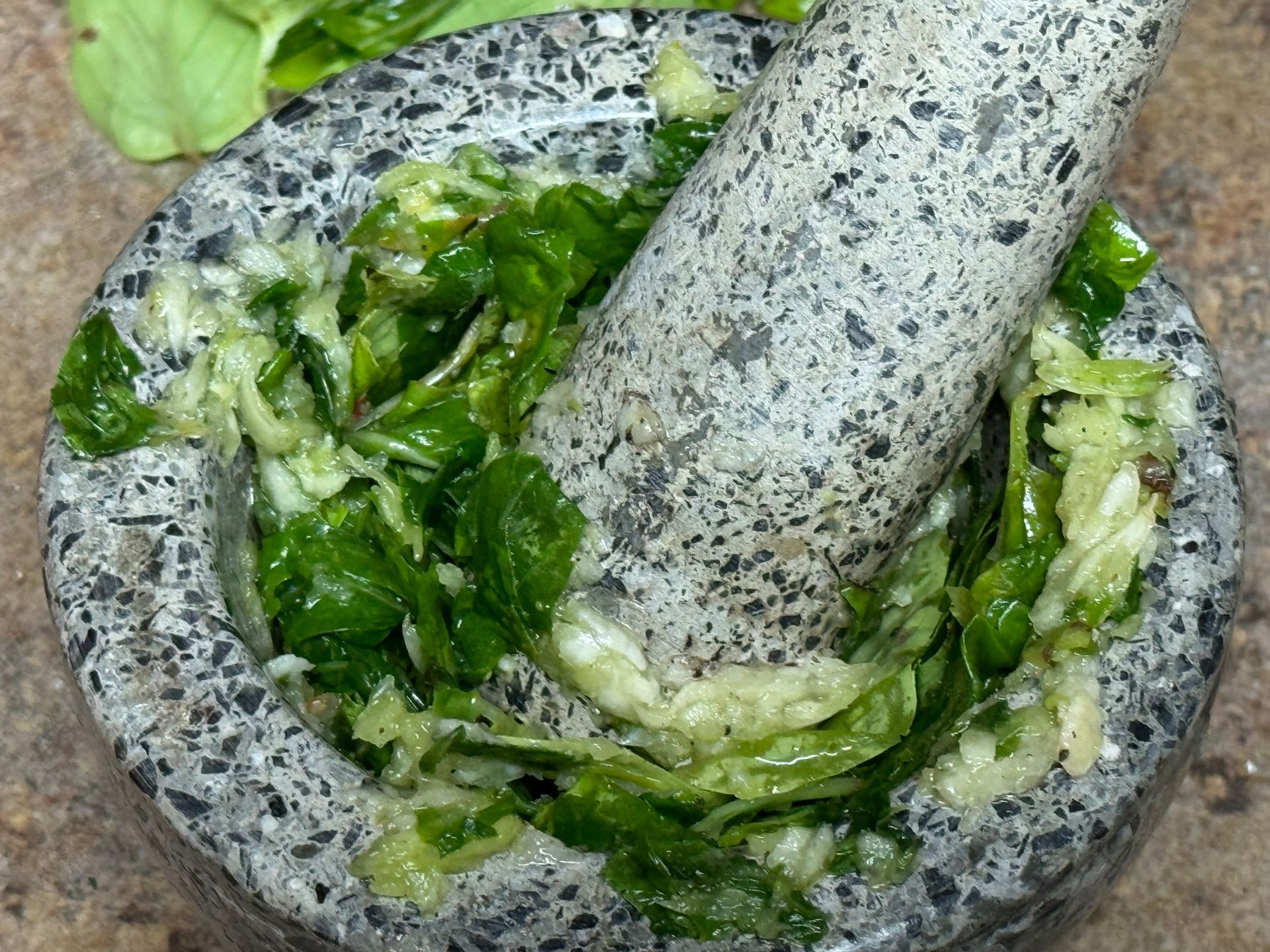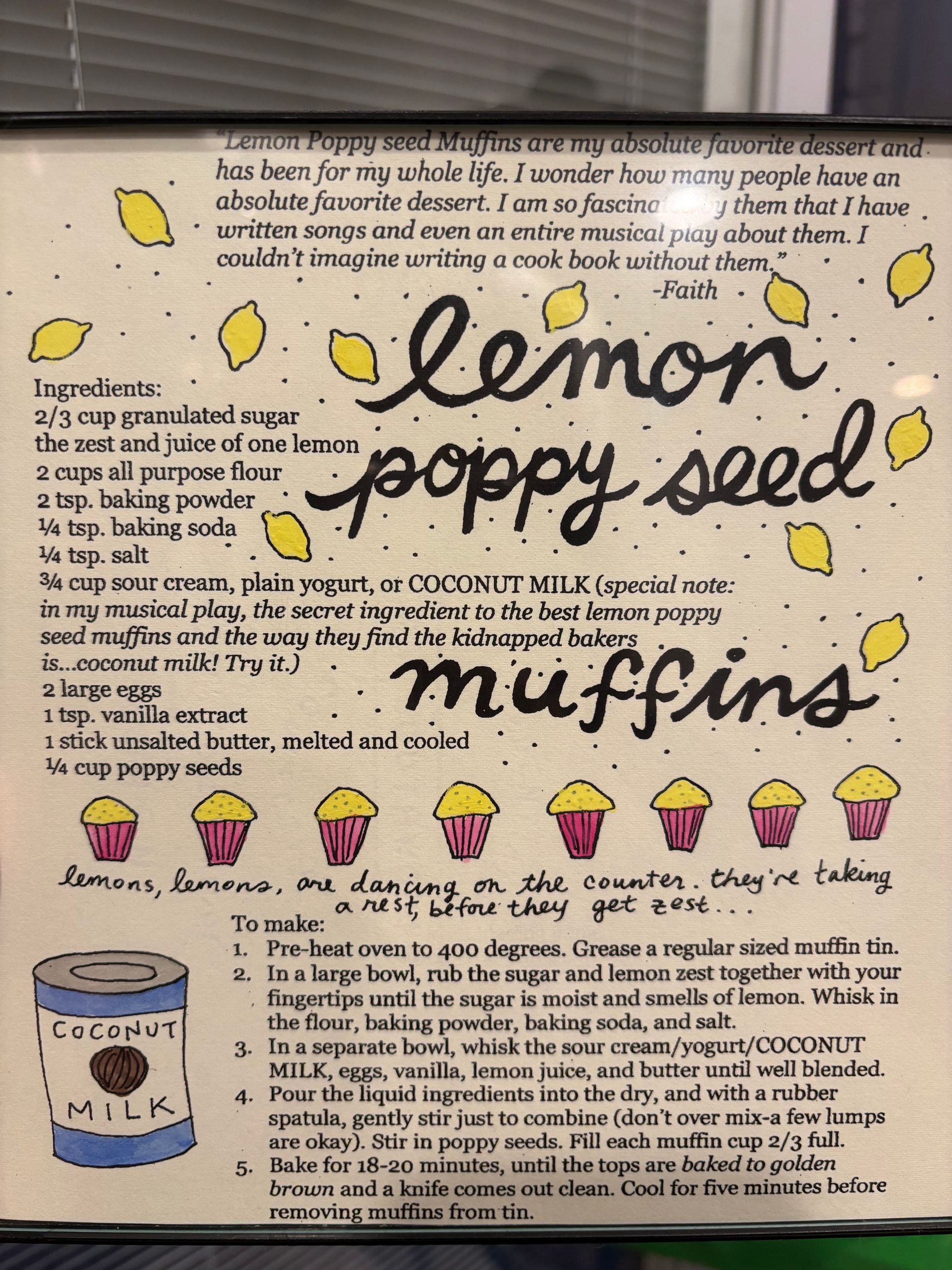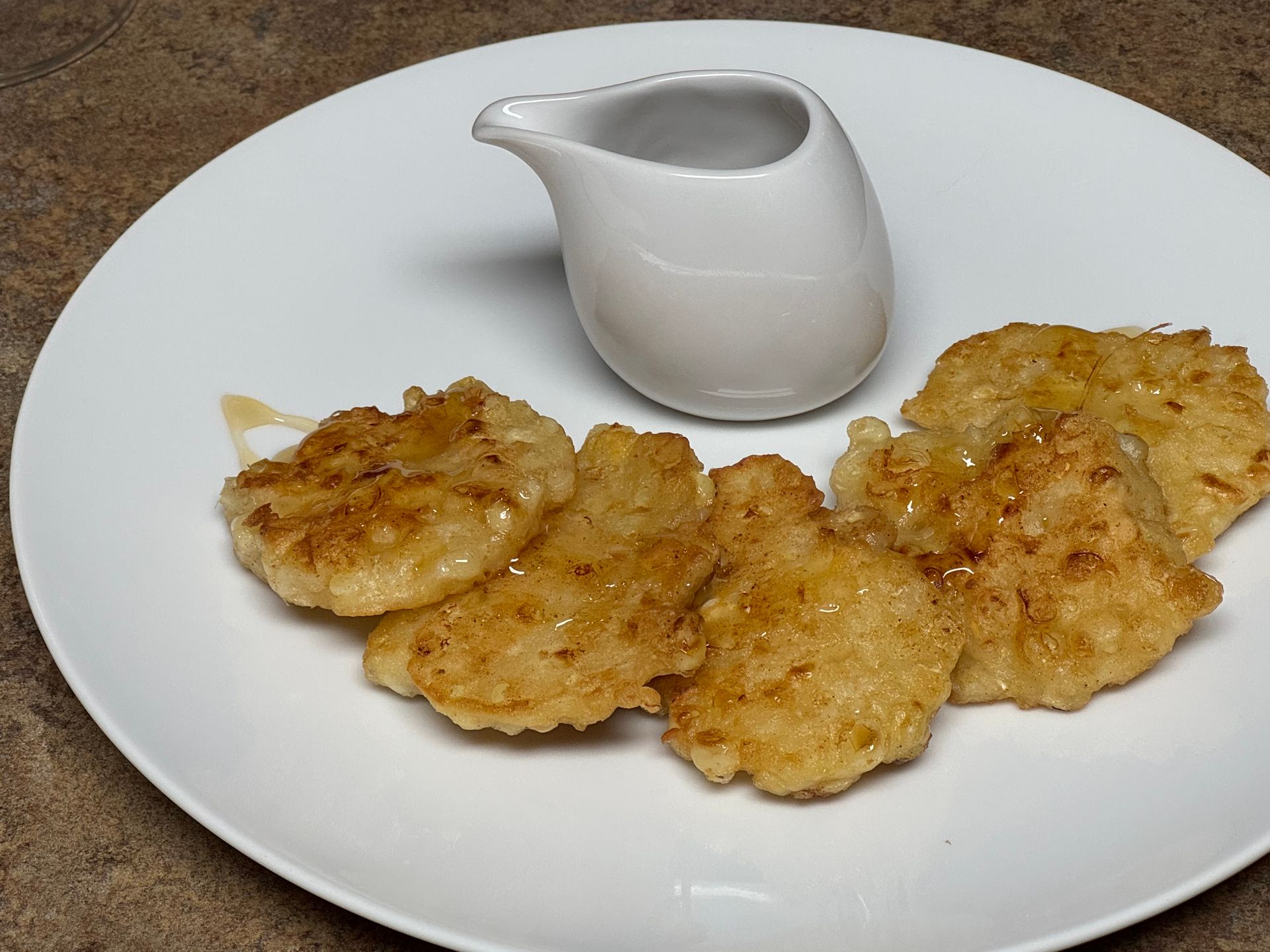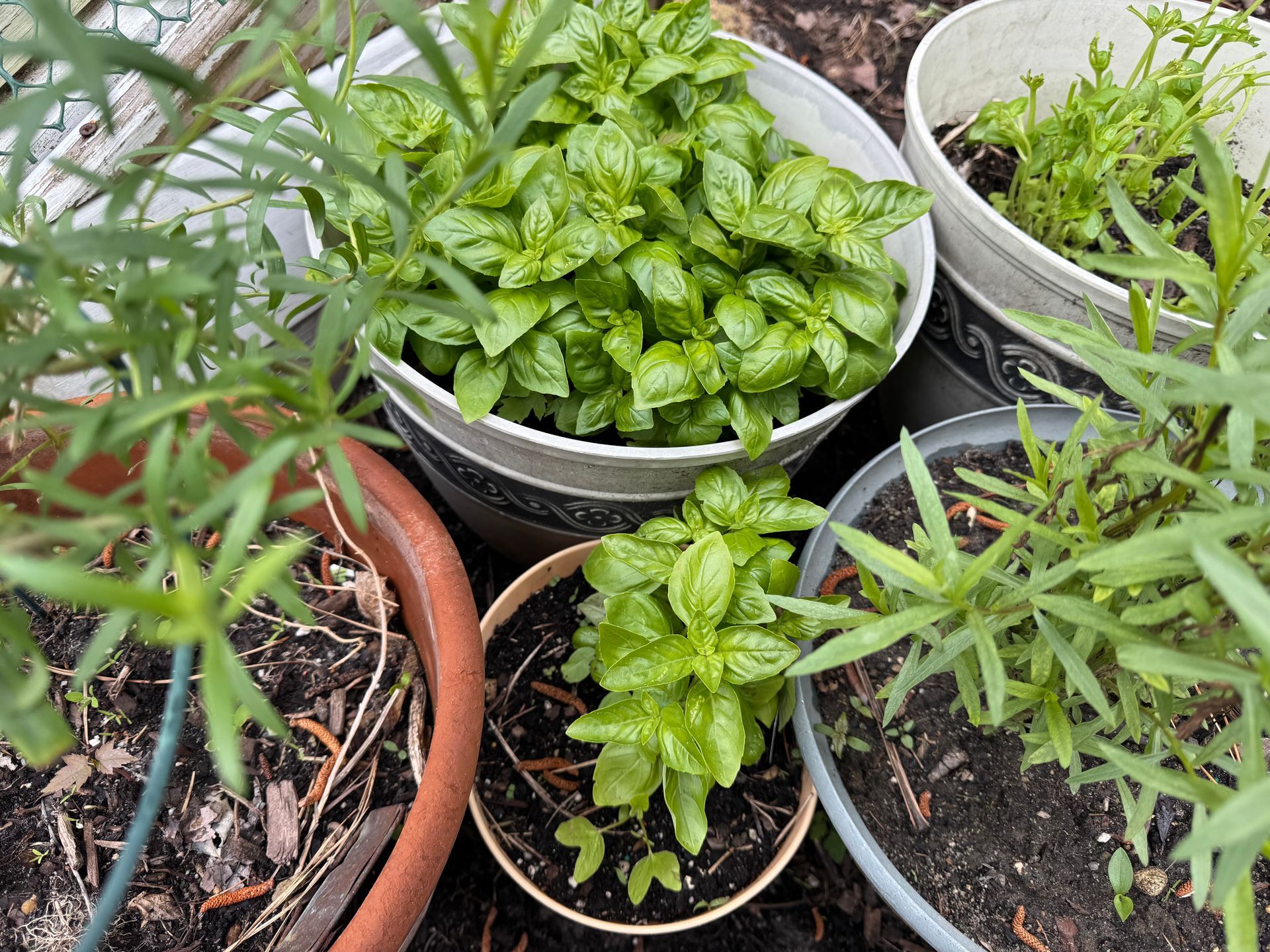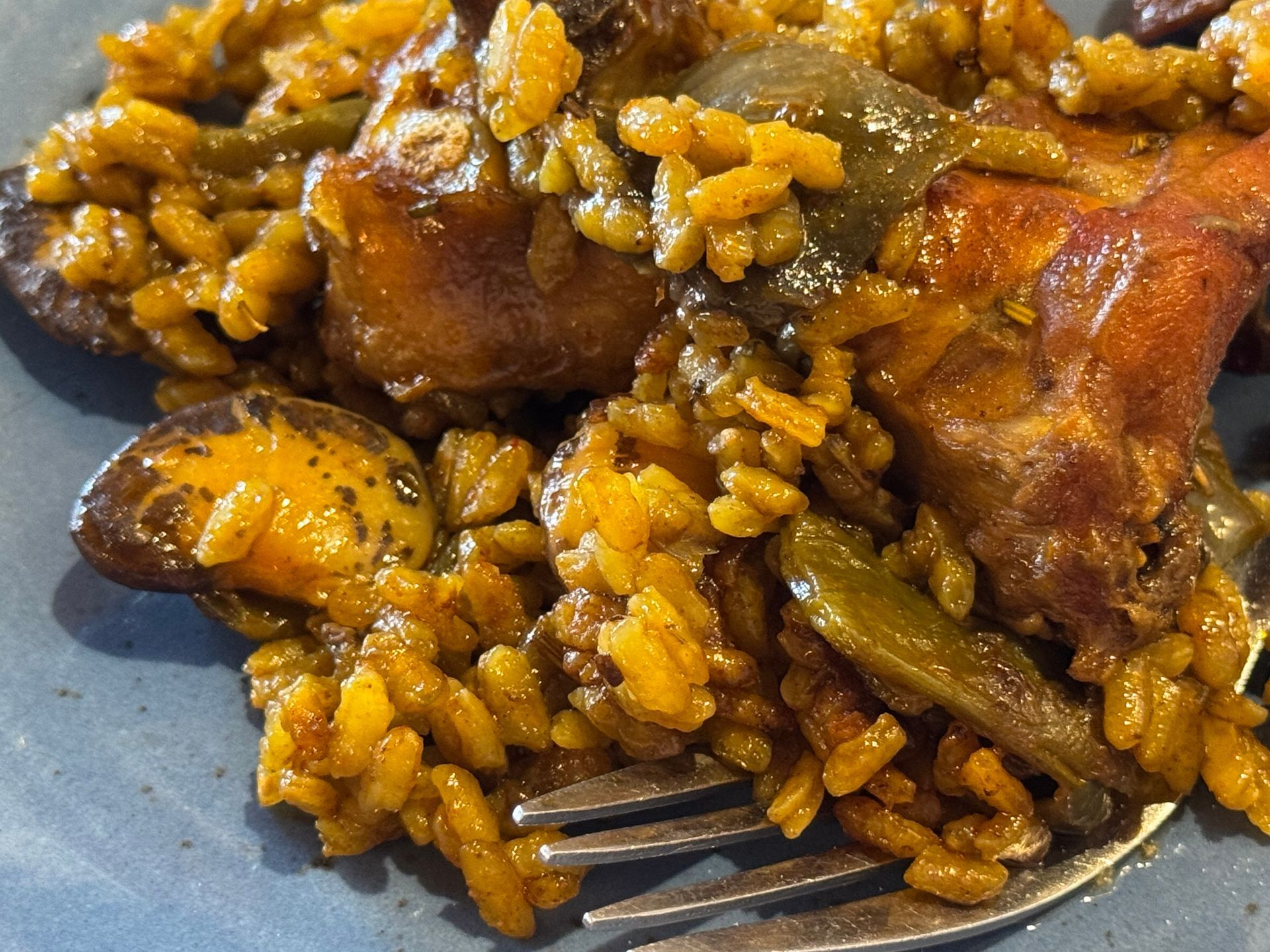Fines Herbes: Freshness, Balance, and History Art and Science of Growing & Cooking with
'Fines Herbs'
Years ago, I visited a chef for lunch in France. It was a beautiful autumn day, we picked fresh lettuces, vegetables, and herbs from the garden for our meal. The chef proudly showed me bundles of ‘fines herbes’ recently harvested for the winter—parsley, thyme, rosemary, sage—tied to dry. I thought fines herbes referred to delicate herbs, but it’s difficult to tell a French chef they’re using the wrong ones! Hmmm... perhaps we were actually gathering ‘Herbes de Provence’ that day—bolder herbs like thyme, rosemary, and marjoram (more on that in my next blog). Either way, our local, seasonal lunch was spectacular.
Much of my consulting work involves research and development (R&D) for start-ups and large companies—developing or improving recipes and products. But I also spend a lot of time in kitchens, from small operations to facilities producing millions of meals. Regardless of scale, kitchens share common challenges: food safety lapses, costly ingredient waste, and poor handling practices. In this blog, I’m focusing on how to work with fresh herbs—from the garden to the plate.
At the Culinary Institute of America (CIA), I learned that fines herbes are composed of chervil, chives, parsley, and tarragon. In classical French cuisine, they represent a delicate expression of herbal flavor—added fresh at the end of cooking to brighten omelets, salads, sauces, and seafood. Unlike robust herbs such as rosemary or thyme, fines herbes bring freshness, lift, and a little spice. They’re not about boldness; they’re about balance. I’d argue fines herbs is unique to French cooking. I wouldn’t add cilantro, ginger, cardamom etc…
Some of my favorite dishes feature fines herbes: Omelet fines herbes with smoked salmon, Parson’s Salad (spring lettuces, haricot verts, baby carrots) with Vinaigrette Gourmand, or Sautéed Chicken fines herbes in a creamy velouté. When I taught at the CIA, these recipes were always a joy to share—lessons in restraint and refinement. I still enjoy these dishes at home. Herbs, spices, and acids also help reduce sodium in cooking while amplifying flavor naturally.
Fines herbes pair beautifully with delicate foods where freshness is paramount:
- Eggs: Omelets, quiches, scrambled eggs, or Hollandaise derivatives
- Seafood: Poached fish, shellfish, beurre blanc, and mousselines
- Poultry and veal: Cream sauces, sauce velouté, or light reductions
- Vegetables: Finishing accents for asparagus, green beans, carrots, or potatoes
- Salads: Mixed into vinaigrettes or used as a garnish
Growing Your Own Fines Herbes
Each of these four herbs thrives in moderate climates with well-drained soil and consistent moisture. In my New Jersey garden, chives grow as perennials—bordering my herb garden and thriving year after year. I pot several plants for winter use in the greenhouse. Flat-leaf parsley and French tarragon are my cooking favorites; I grow both in cold frames to extend the season. Chervil, a delicate annual, doesn’t survive winter here, but I’m experimenting with growing it in the greenhouse this year.
While not every chef has access to a garden or rooftop apiary, growing herbs in pots or vertical planters near the kitchen allows chefs to harvest just before service, preserving volatile aromatics—the essence of freshness. Beyond their aroma and flavor, fresh herb pots are visually inviting and connect the cook and customers directly to the ingredient.
Storing Fresh Herbs Properly
As a consultant, I’m often surprised by how ingredients are stored in kitchens. Even in large, professional operations, delicate ingredients like herbs, lettuces and microgreens are sometimes mishandled. Proper storage ensures freshness, flavor, and cost control.
- Order wisely: Purchase smaller quantities to minimize waste.
- Train staff: Receiving and inspecting herbs for freshness is critical.
- Store smartly: Refrigerators have microclimates—know where the temperature and humidity best suit delicate herbs.
- Hydrate and protect: Store herbs upright in a container of water or with a damp paper towel wrapped around the stems, covered loosely in a plastic bag. For woody herbs, bundle stems in a damp towel and seal in a labeled container.
- FIFO: Always rotate inventory (First In, First Out).
Drying, freezing, or infusing herbs in oil or vinegar are excellent preservation methods—a topic I’ll explore in a future post.
Fresh vs. Dried: Why Fines Herbes Should Stay Fresh
As a professional chef, I don’t advocate cooking with dried fines herbes. Their delicate, volatile oils dissipate quickly during drying, leaving a flat, generic flavor. Unlike hearty rosemary or oregano, fines herbes lose their identity when dried. For year-round use, I recommend infusing fresh fines herbes in champagne vinegar for dressings and cuisson (reduction) for a sauce base.
Fresh fines herbes provide a soft, aromatic lift—grassy parsley, onion-like chives, sweet anise tarragon, and chervil’s subtle spice combine to enhance without overpowering. Chop them with a sharp knife just before service and add off the heat to preserve their brightness.
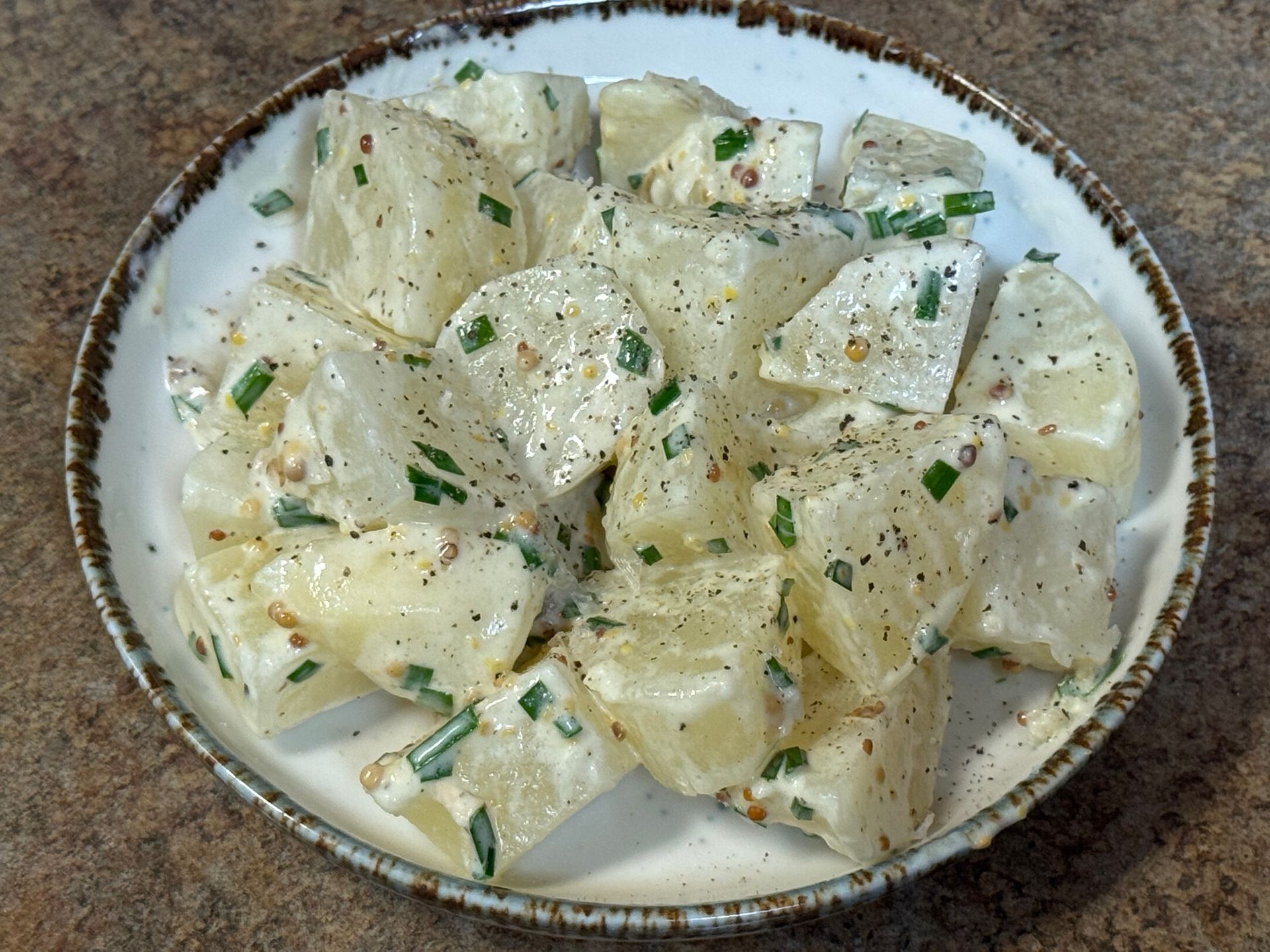

Health and Nutritional Benefits
Each herb brings unique nutritional advantages due to antioxidants and anti-inflammatory properties. Each of the fines herbes contributes more than flavor:
- Parsley: Rich in vitamins A, C, and K; supports detoxification.
- Chives: Contains sulfur compounds that support cardiovascular health.
- Tarragon: Aids digestion and stimulates appetite.
- Chervil: Provides antioxidants and anti-inflammatory properties.
When used fresh, these herbs deliver amazing flavor and wellness in perfect harmony.
Culinary Discipline: Respect the Ingredients
Technique Meets Simplicity
In modern cuisine, fines herbes embody what chefs value most: freshness, restraint, and authenticity. Whether folded into an omelet, whisked into a sauce, or sprinkled over fish at the pass, they remind us that the lightest touch can have the greatest impact.
If your operation or culinary program seeks to refine its approach to sourcing, recipe development, cooking, TWG Consulting LLC offers expert guidance in developing sustainable, flavor-driven systems that connect the garden to the plate.
Passion for Food

